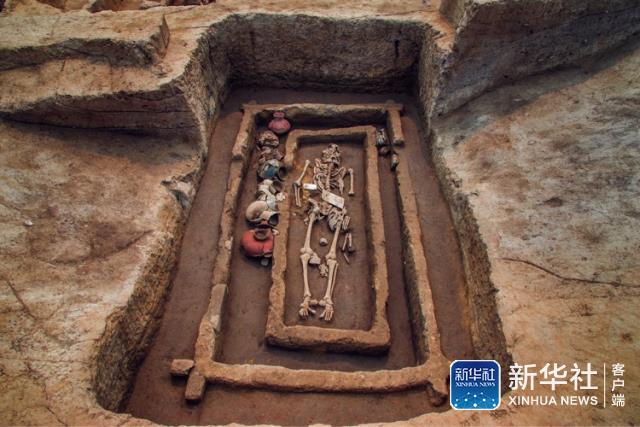Archeologists find 5,000-year-old giants
 |
|
Bones from graves in Shandong province. [Photo/Xinhua] |
Archeologists have found some people in East China 5,000 years ago to be unusually tall and strong.
Measurements of bones from graves in Shandong province show the height of at least one man to have reached 1.9 meters with quite a few at 1.8 meters or taller.
"This is just based on the bone structure. If he was a living person, his height would certainly exceed 1.9 meters," said Fang Hui, head of Shandong University's school of history and culture.
From 2016, archeologists have been excavating the ruins of 104 houses, 205 graves and 20 sacrificial pits at Jiaojia village in Zhangqiu district, Jinan city, capital of Shandong.
The relics are from the Longshan Culture, a late Neolithic civilization in the middle and lower reaches of the Yellow River, named after Mount Longshan in Zhangqiu.
"Already agricultural at that time, people had diverse and rich food resources and thus their physique changed, "said Fang.
Millet was the major crop and people raised pigs, according to Fang. Pig bones and teeth were found in some graves.
According to the findings, taller men were found in larger tombs, possibly because such people had a high status and were able to acquire better food. Shandong locals believe height to be one of their defining characteristics. Confucius (551-479 BC), a native of the region, was said to be about 1.9 meters tall.
Official statistics back up the claim. In 2015, the average height of men aged 18 in Shandong was 1.753 meters, compared with a national average of 1.72 meters.

 Shandong Culture and Tourism Consumption Season
Shandong Culture and Tourism Consumption Season Culture, tourism sectors pick up in Shandong as epidemic wanes
Culture, tourism sectors pick up in Shandong as epidemic wanes

